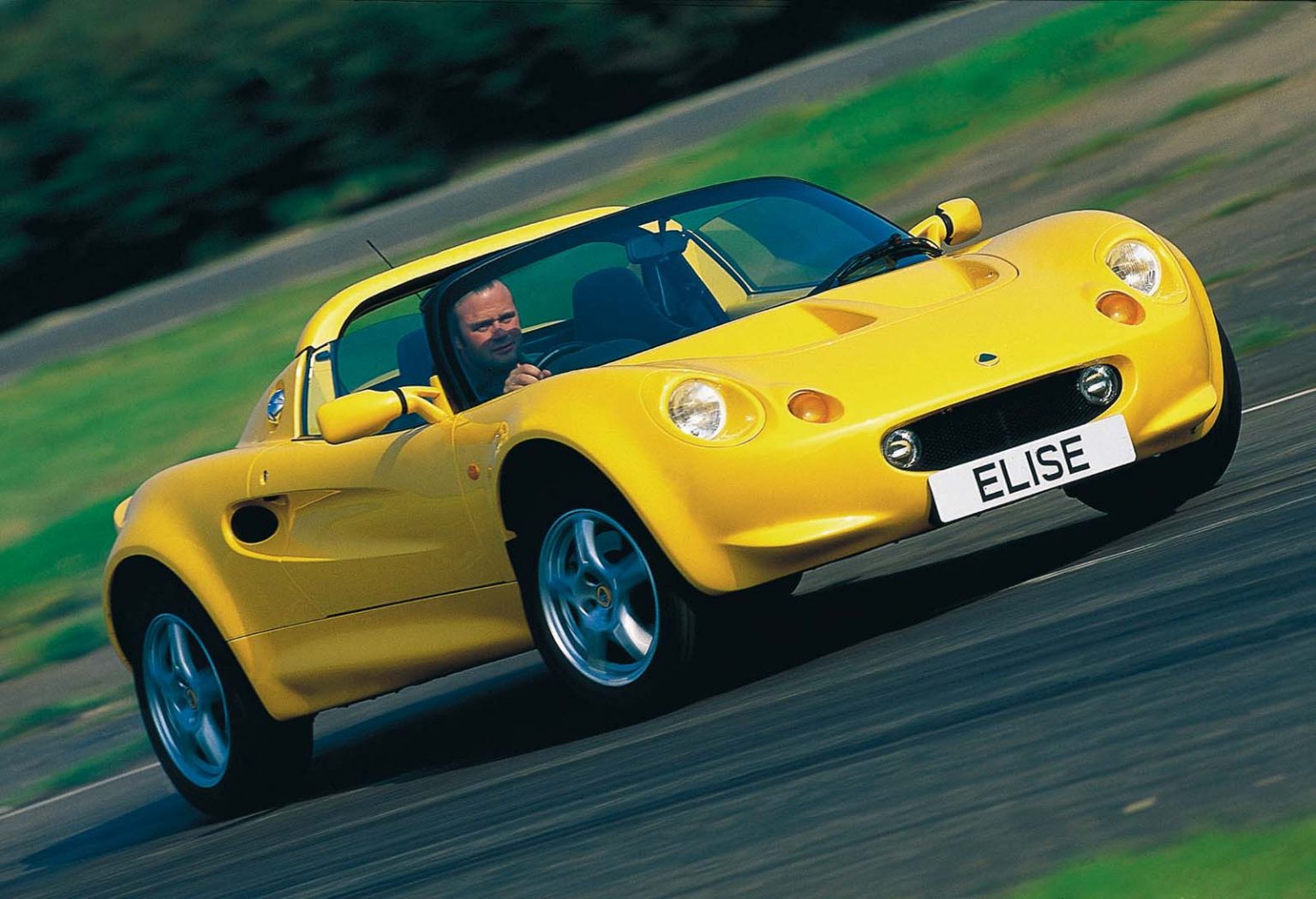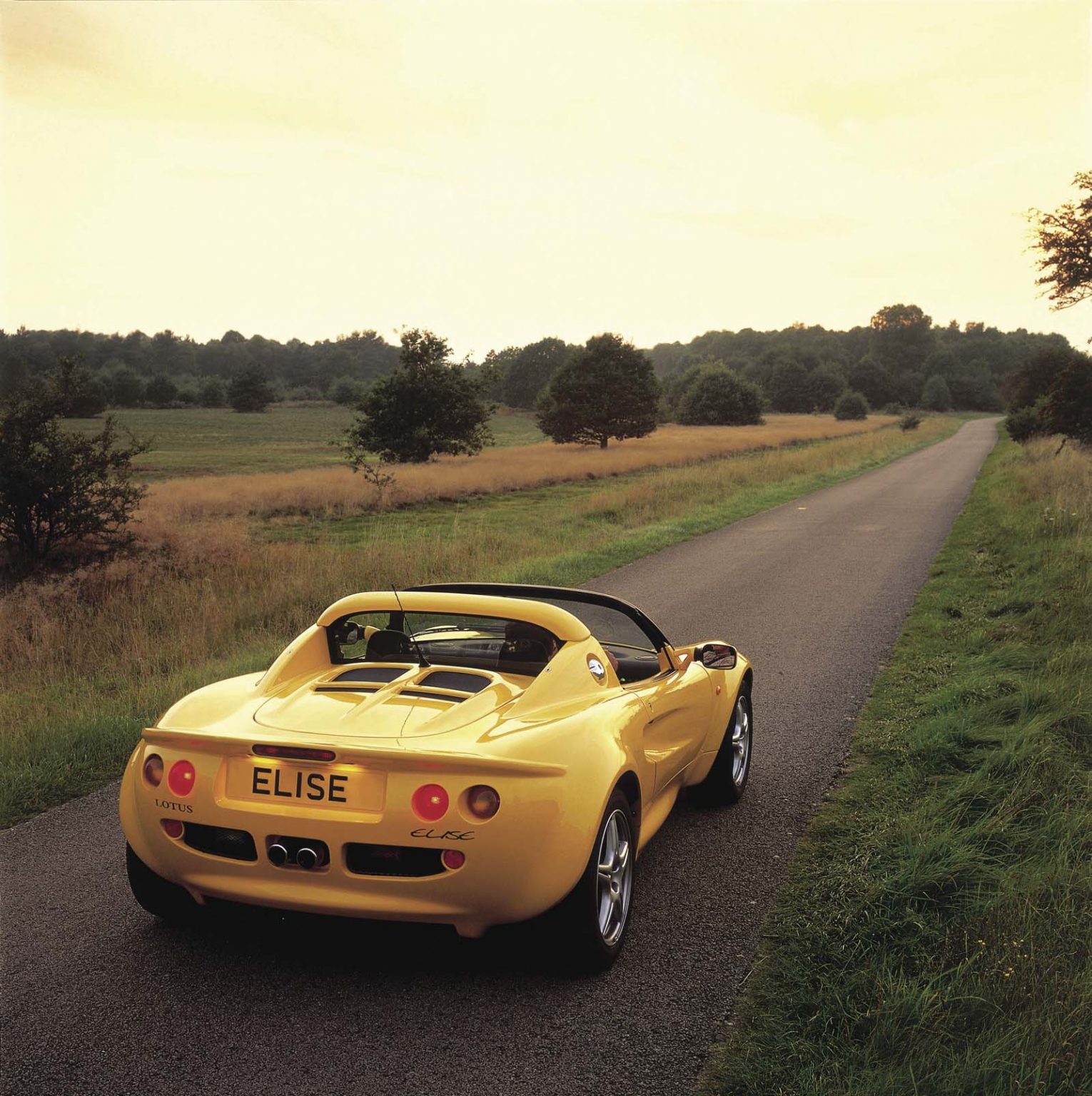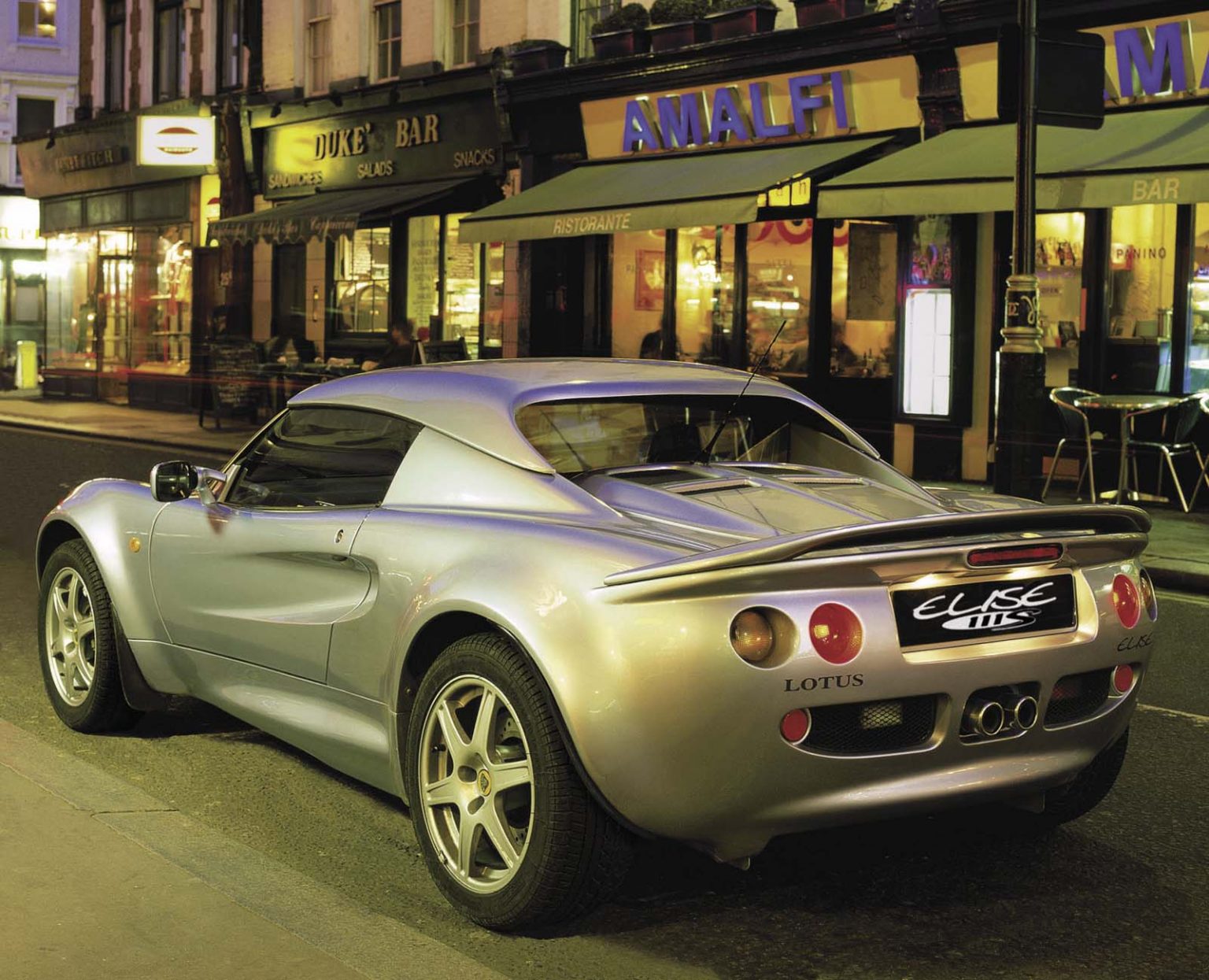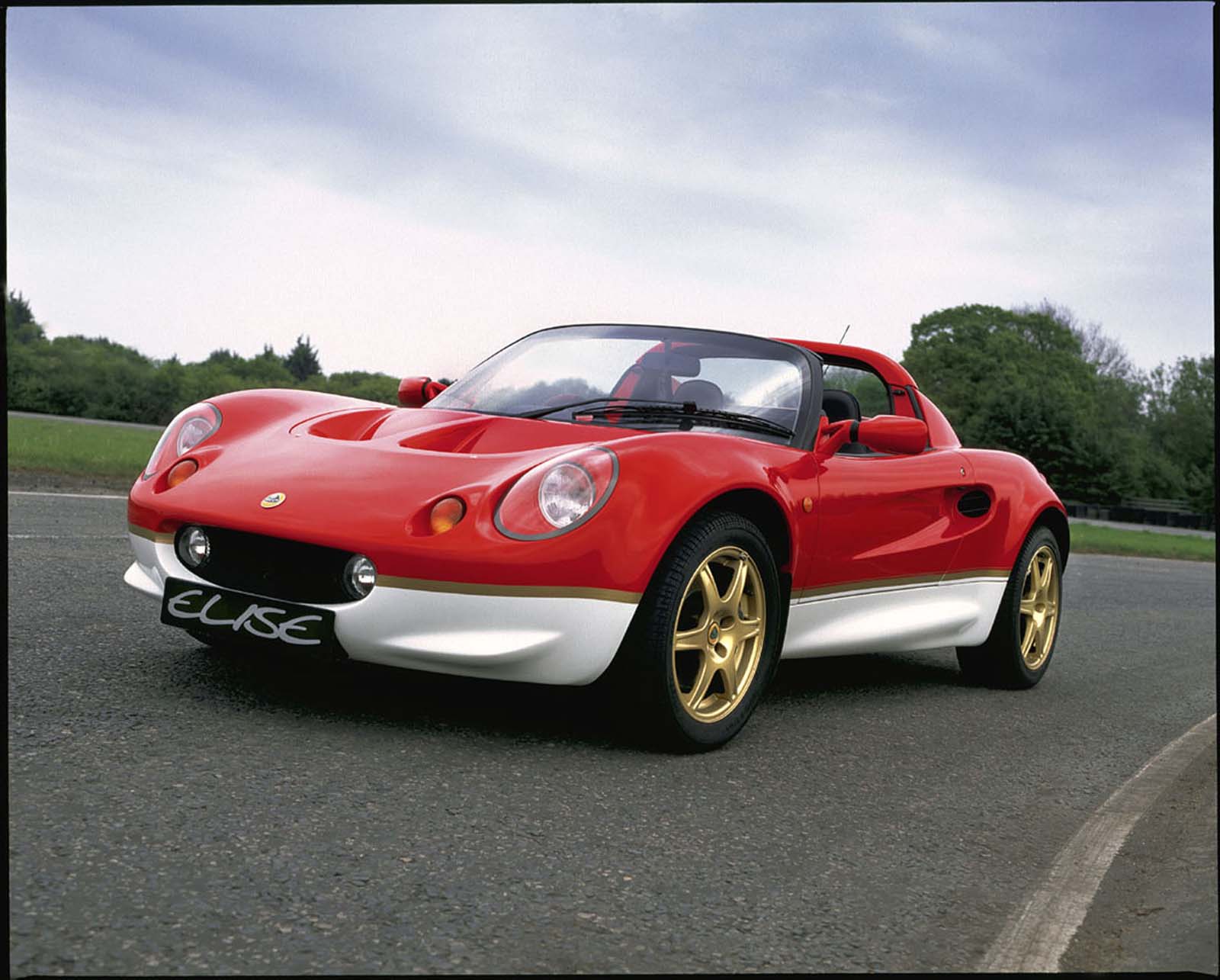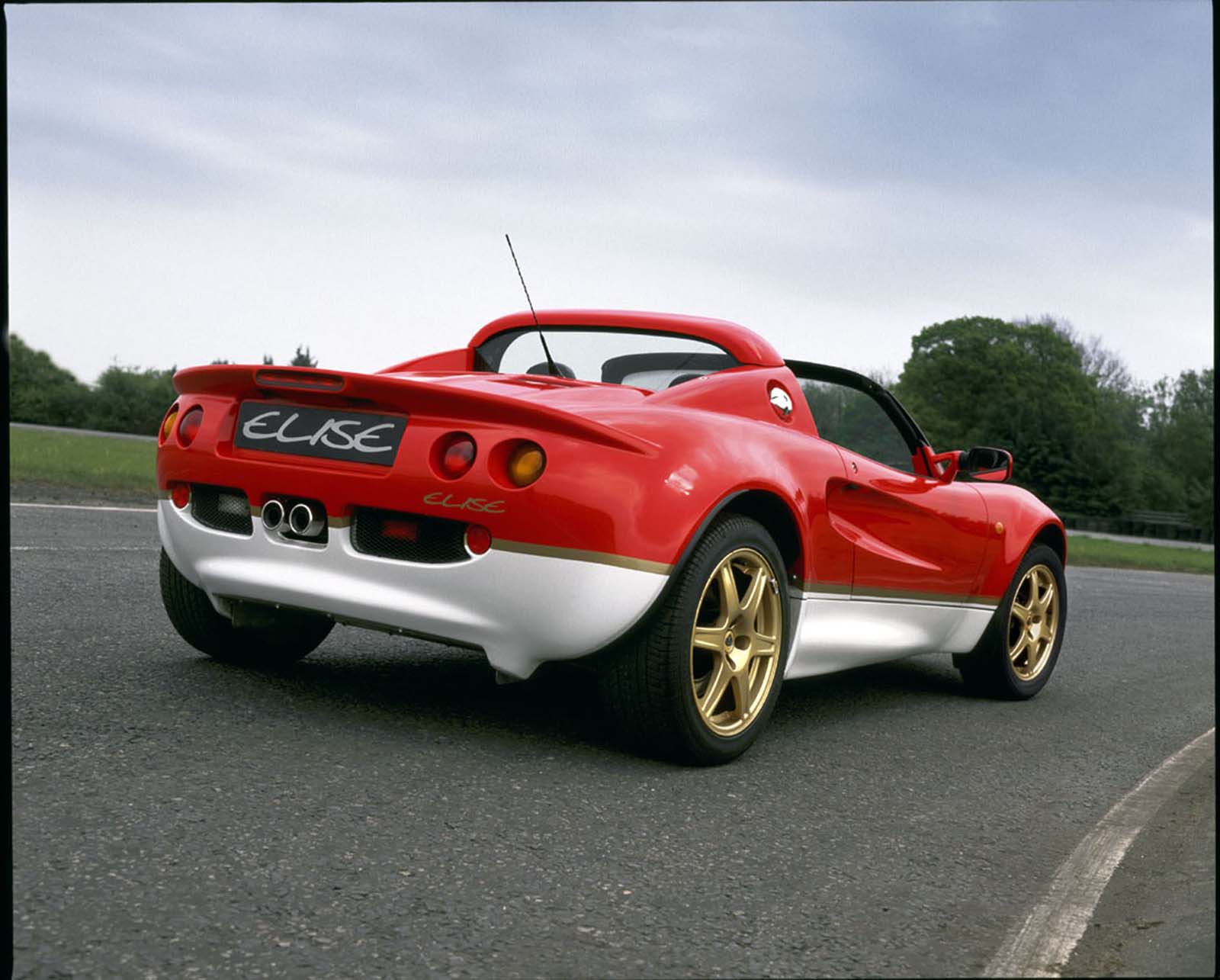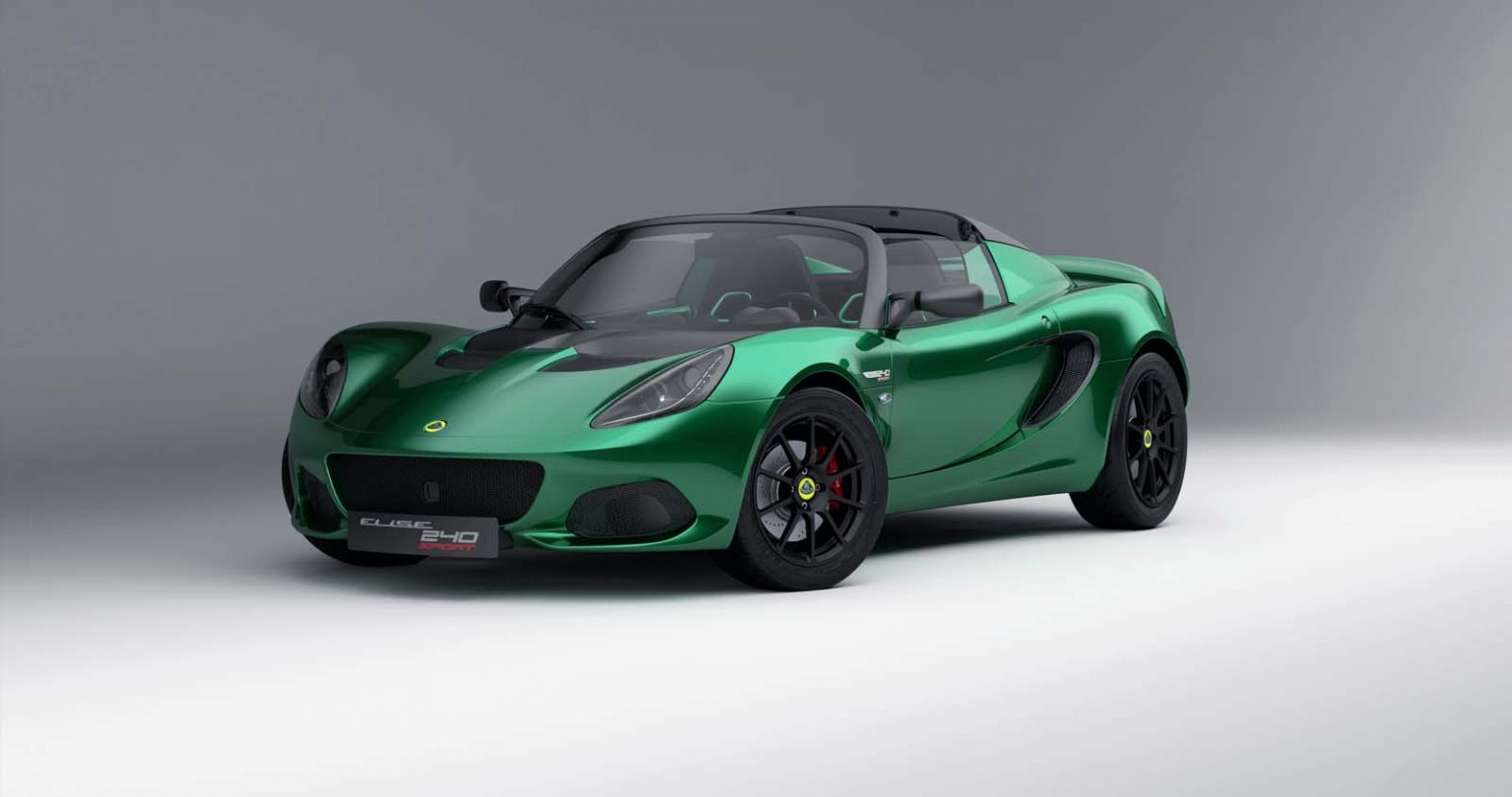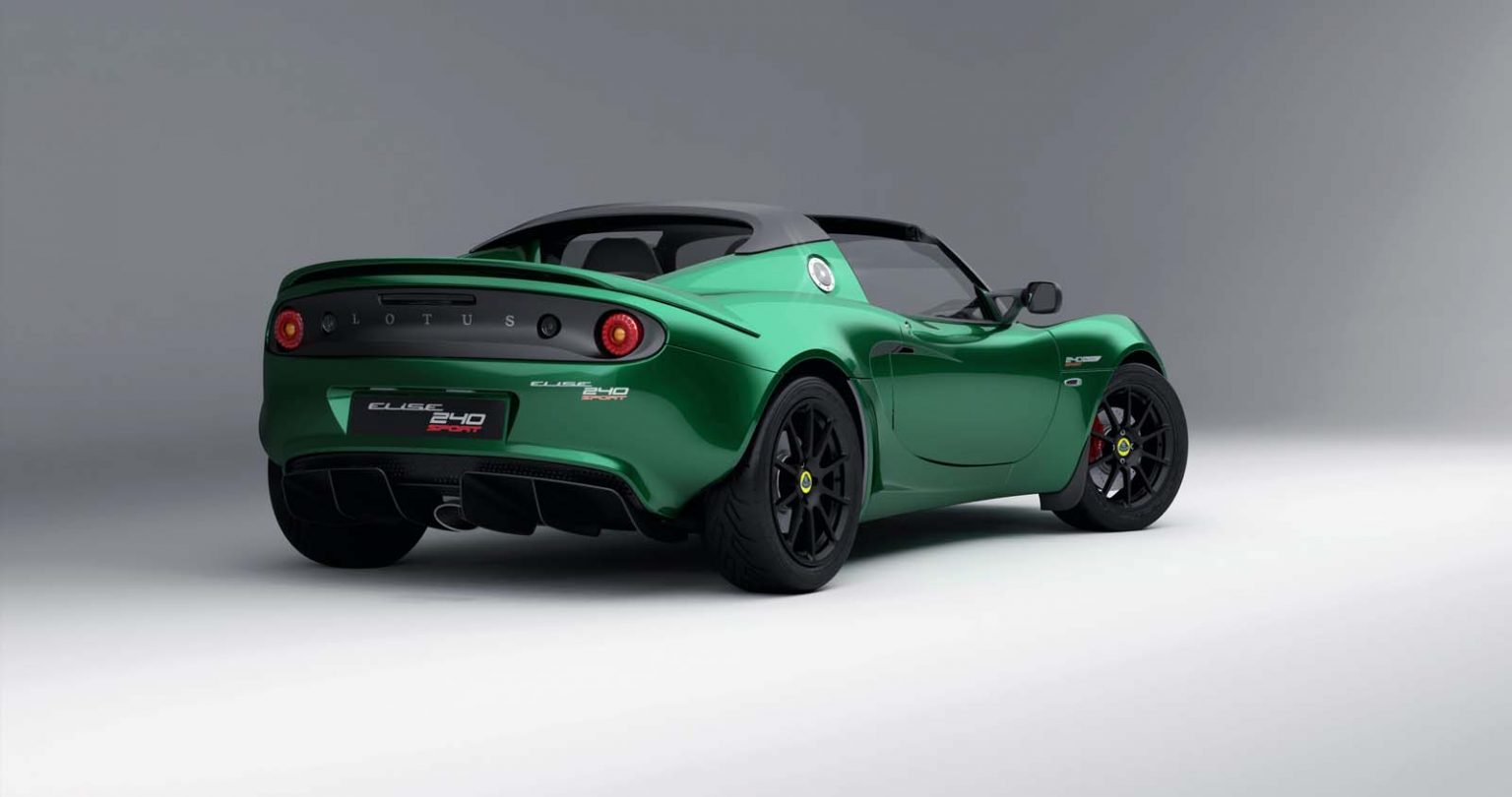
The Lotus Elise has now reached 25 years old and is in its final year of production. The original ‘S1’ that went on sale in 1996 was responsible for keeping Lotus alive. In fact it was rather more of a success than they could even hope for.
Lotus surprised the audience of the Frankfurt Motor Show in 1995 when they unveiled the Elise. They’d been stuck with making the Esprit and the Excel, both of which having their roots in cars from two decades earlier. They were in dire need of something that would work. The front wheel drive Elan wasn’t selling as well as they needed and lasted less than three years. It was so disappointing that then owner General Motors sold the company to Romano Artioli.
The Elise was conceived after Artioli had thought that Lotus had forgotten to make a basic ultra lightweight sports car. He even named it after one of his grand daughters.
The car was designed completely in house and was genuinly innovative. At the launch it was hailed as the worlds most advanced sports car. Something that might seem a little strange these days for something lacking in any obvious technology. However, this technology was under the skin. A futuristic epoxy-bonded extruded aluminium chassis really was such an innovation they re-wrote the rule book on lightweight car design.
The elise was really light, 725kg, so it didn’t need much power. The 1.8 litre Rover K series with 118 bhp was chosen. Fitted transversely behind the two seats it gave decent performance. 0 – 60 mph was 5.5 seconds proving that Lotus had done what they set out to do.
In fact they’d achieved far more than that. The Elise was reciveing glowing reviews in the motoring press. It also received many trophies, several Car Of The Year honours and a shortlist for the Price of Wales Award for Innovation.
